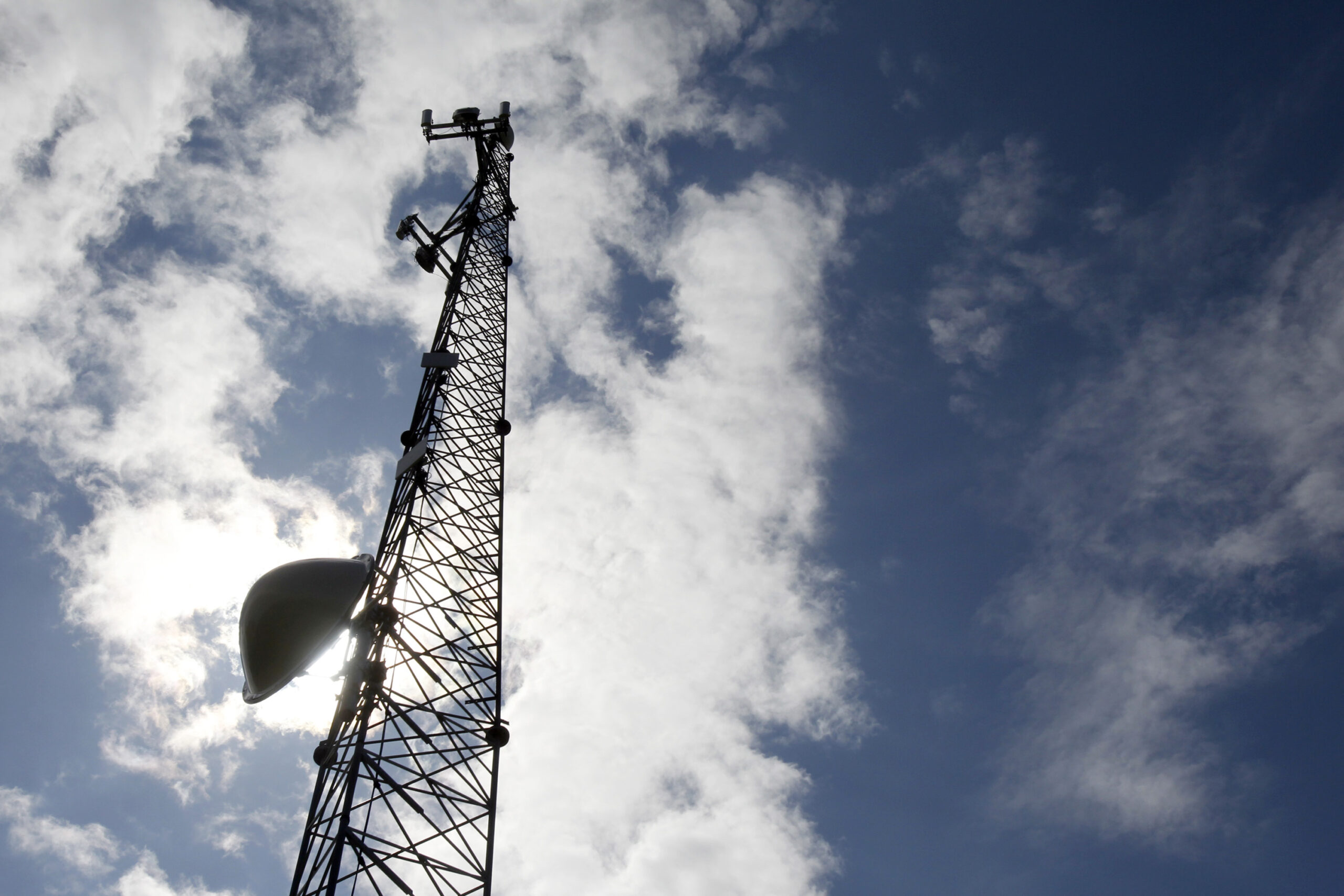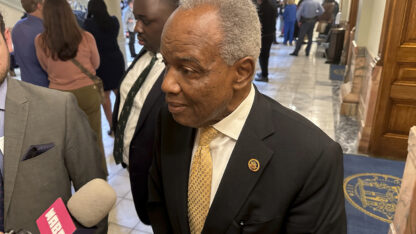South Fulton neighbors partner to research, address environmental pollution
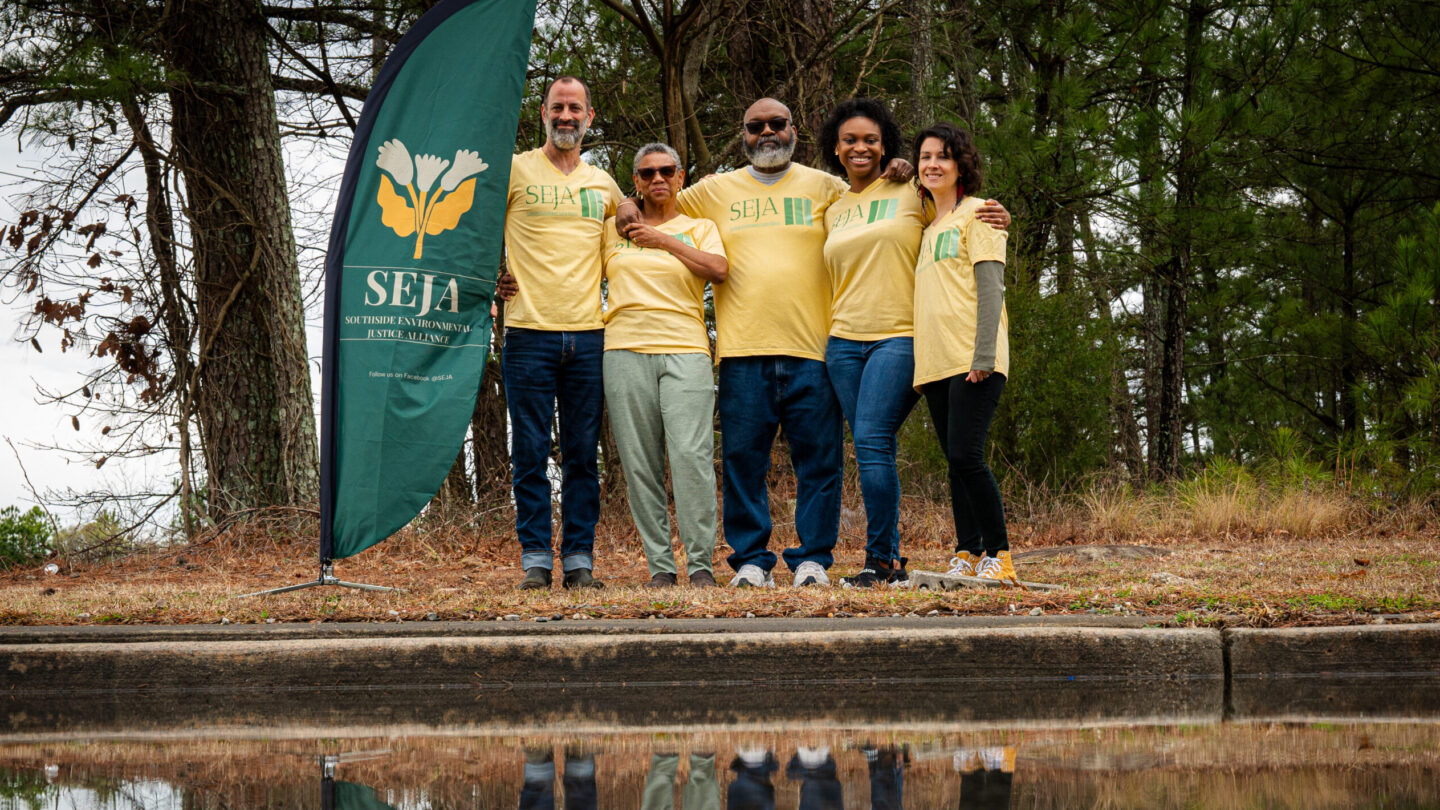
“This is the first time I’ve lived in a predominantly Black community since I was born — and there’s something different about it,” Boone said.
She lives not far from Brianna McGeehan, who loves that South Fulton has progressive leadership and policies.
“I feel like I’m living in the most exciting place in Georgia, to be totally honest” McGeehan says. “I also really like my neighbors.”
But, they have a problem.
Boone, McGeehan and their neighbors all live within a half mile of warehouses, major industrial facilities and freight train yards. They’re concerned about the pollution in the community and the long term effects it could be having on their health.
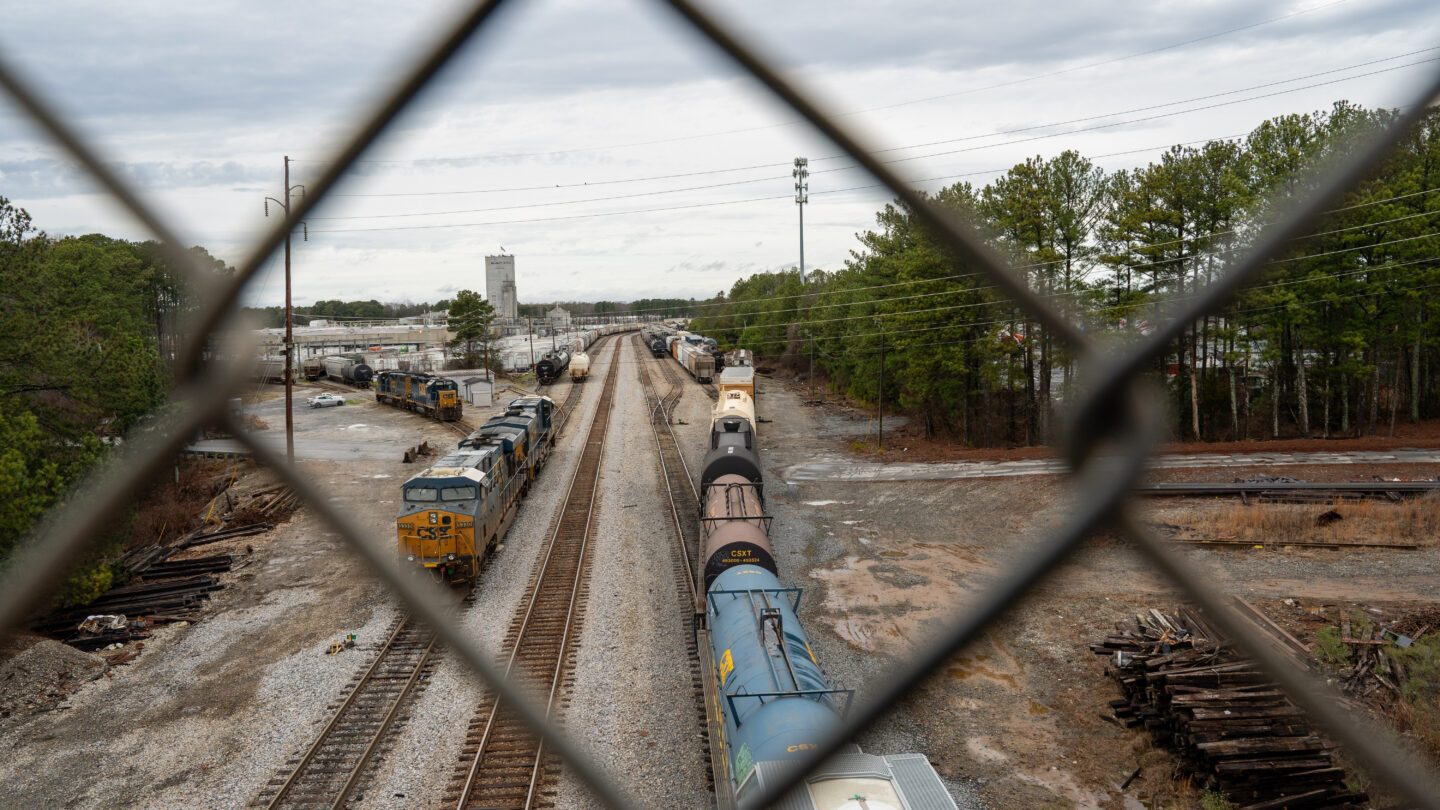
On the ground
Boone stands on the side of the road just off of a major intersection, where she says 18-wheelers rumble down the hill all day. Right next to it is a train yard.
She says this intersection is a perfect example of what she and her neighbors have been talking about.
“We’ve got the warehouses, we’ve got the food plant behind us, the smoke coming up from it. So you can see the flooding, you can see the trucks, the housing for the trucks,” Boone says over the clanking of an incoming train.
Trains, eighteen-wheelers and factories can make high amounts of small particle air pollution, the type that’s most able to lodge into lungs and even affect cardiac health. These kinds of industrial activities also can bring dangerous chemicals into the neighborhood.
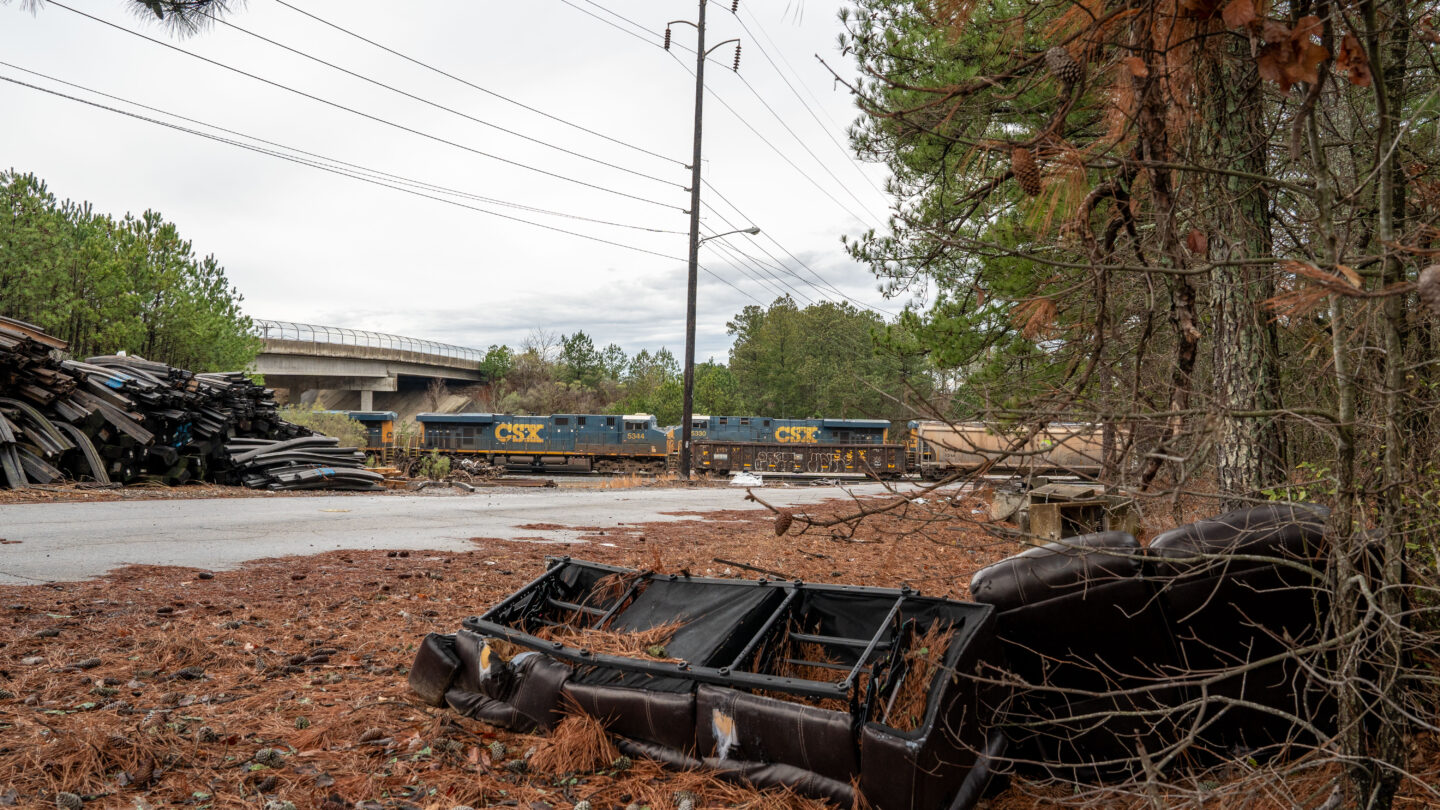
Because of this, the neighbors want to know if the industrial facilities around them are harming their health, and which ones they should be most concerned about.
Fellow neighbor Drew DeMan says he feels like environmental and health concerns take a back seat to growing business both in local zoning decisions and in statewide regulation.
“We’re in Georgia, which is, quote-unquote, a business friendly state,” he says. “I mean, that’s all part of the deal.”
So, Boone, McGeehan, DeMan and several of their family members and neighbors created the Southside Environmental Justice Alliance, or SEJA, through the Shaheed DuBois Community Grant Program at Emory University to learn more and to advocate for their community.
But they needed technical help and training to analyze the pollution in their neighborhood and communicate the findings to leaders. To do this, they’re working with local nonprofit advocacy group Science for Georgia, which is combining community training with new and improved data tools to equip neighborhood groups like SEJA.
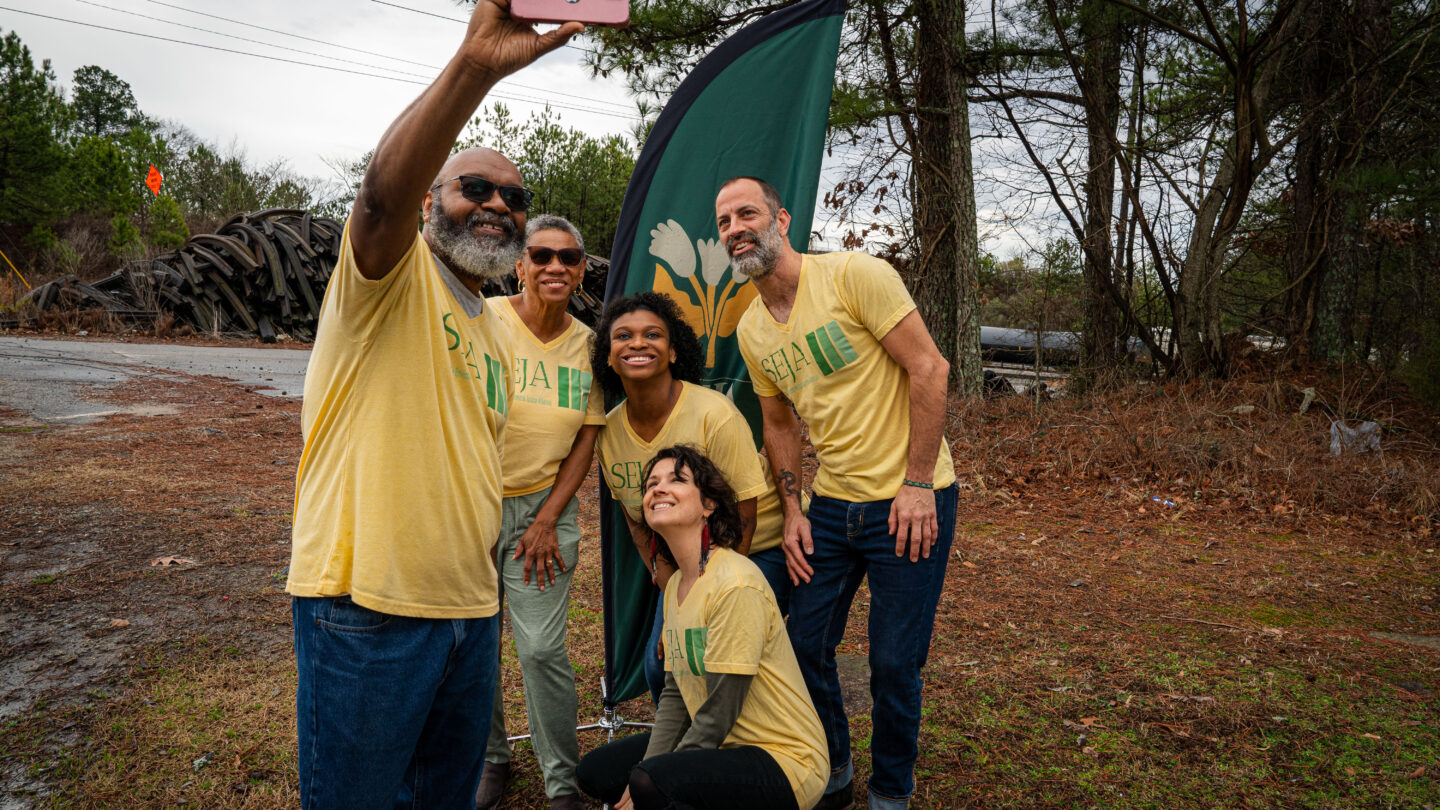
Data matters
“There’s a ton of environmental justice maps out there right?” says Amy Sharma, executive director of Science for Georgia.
What her group is doing is making it easier to see related data altogether.
The new maps from Science for Georgia include the locations of hazardous waste sites, landfills and Superfund sites, but they also layer in demographic and socioeconomic data. Sharma says that’s different from other similar efforts.
“The biggest thing that keeps coming up over and over again, as we talked about these [environmental justice] things, is cumulative impact, right?”
She says the problem stems from the fact that a lot of this information has already been cataloged, but it’s been considered in siloes.
But those siloes only exist on paper. Neighbors in the communities around pollution-emitting facilities need various types of emissions considered altogether, because at the end of the day they’re still breathing in and exposed to their whole environment, as Sharma explains.
“If you have one factory in your county, and it’s well run and doing okay, that’s cool, right?”
But if this hypothetical community has five factories, Sharma says, and if all of them are just at the limit of air pollutants the government permits allow — which is often the case — it can spell trouble.
“Then you’re over the limit for the community,” Sharma says.
Sharma says all these facilities that potentially are producing hazardous pollutants have permits from the government for how much they can emit. The Georgia Environmental Protection Division calculates the amounts, and within a neighborhood, there is a set upper limit for how much air — or other type — pollution can be emitted daily, monthly, and annually for each facility.
Science for Georgia is creating layered maps to show a more holistic picture of pollution. Sharma says they’re not reinventing the wheel: This data is publicly accessible from government agencies like Georgia’s EPD and the U.S. Environmental Protection Agency.
But bringing it together adds an important context that can demonstrate the outsized impacts of pollution on certain communities, often low-income and communities of color.
However, Sharma says, numbers can only go so far. Her team also trains community groups on how to interpret data, request government documents, and communicate their problems to local officials.
That’s where Sharma says the rubber really meets the road.
“This is where you kind of have to roll up your sleeves and take it out on a community by community basis,” she says, adding that there’s a wide array of neighborhoods when it comes to what kinds of environmental pollution problems they have and how much they know about them.
Science for Georgia is working with other communities around Atlanta to work through this process and advocate for environmental justice.
And in some neighborhoods, according to Sharma, people already know where the pollution is coming from.
“They’re like, please don’t gather any more data, just do something,” Sharma says. But they need help organizing and advocating to people in power.
But, for other communities, the problems aren’t as obvious as an illegal dump or clogged sewage drains, and that’s where research and advocacy to demonstrate issues to policymakers really comes into play.
In South Fulton, Yvonne Boone with SEJA says she and her neighbors are still collecting data.
“And I will say, I mean, I’m completely out of my comfort zone, but something needs to be done,” Boone says.
With Science for Georgia, Boone says her group created an educational pamphlet for their neighbors highlighting what pollution they’ve found in their community and what local facilities have recently violated environmental laws. It also contains information on how to learn more, how to join SEJA and how to get in touch with local leaders to push for policies that protect human health in the area.
Because in the end, she says, they love this community and it’s worth tackling any problems rather than just moving away.



